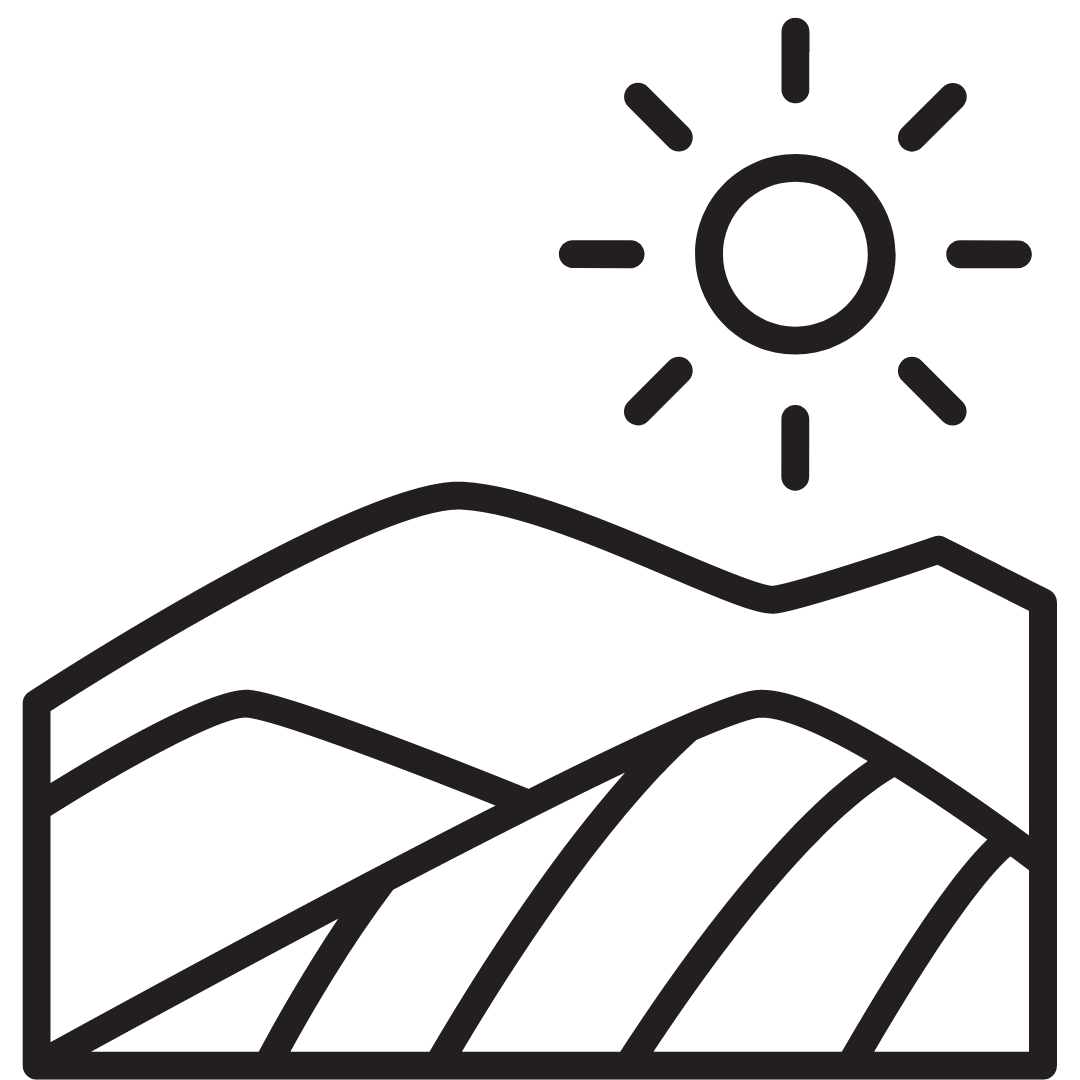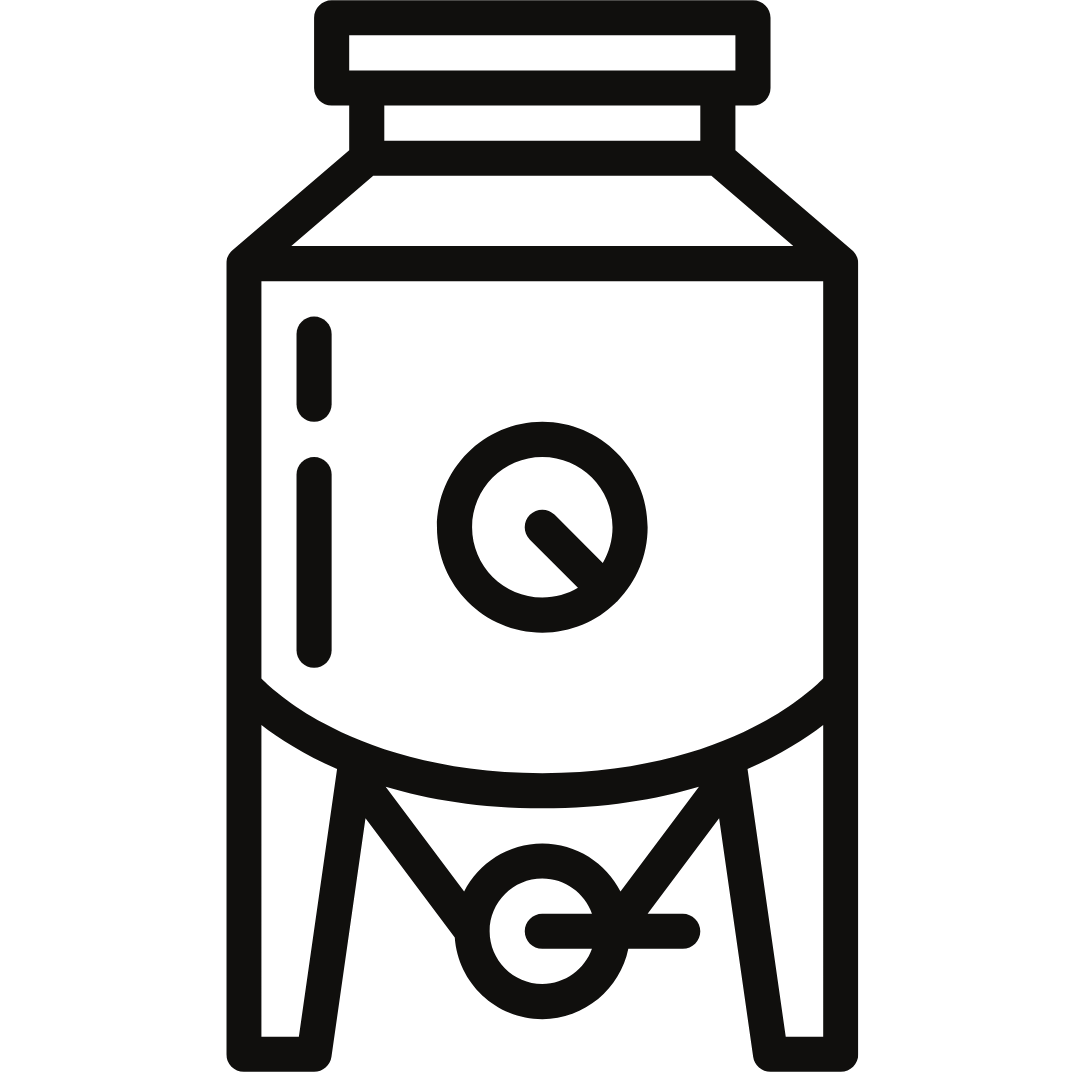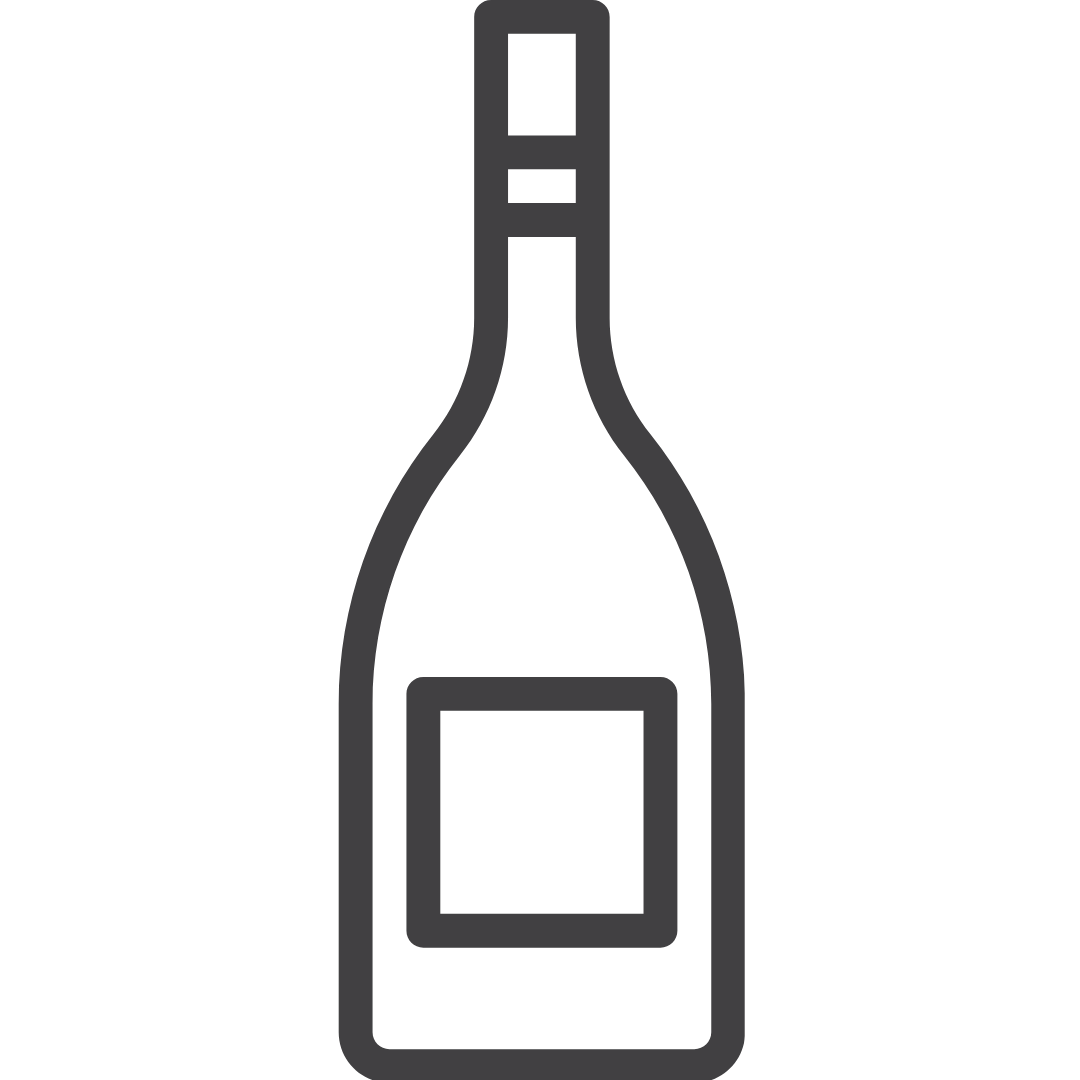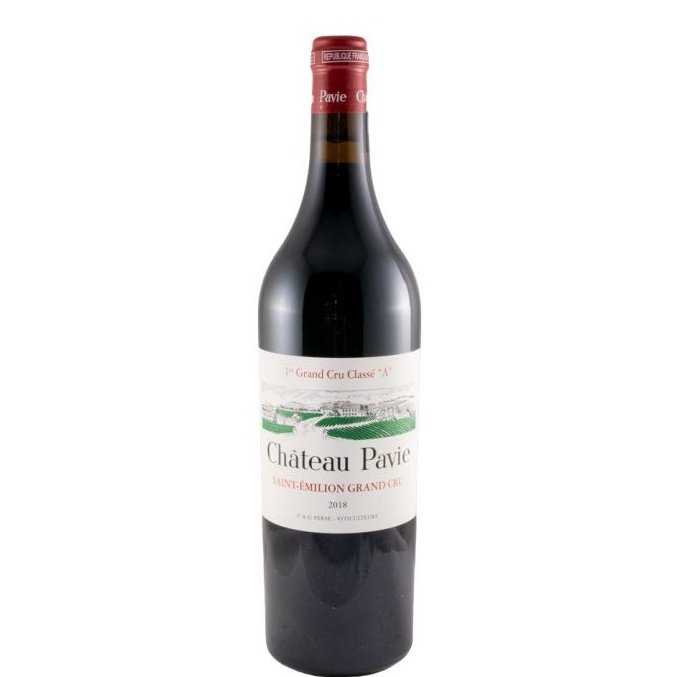Château Pavie Saint-Émilion Red 2018
Château Pavie Saint-Émilion Red 2018
Couldn't load pickup availability
Initial aromas are juicy and generous, in harmony with spices like licorice; there is toasted oak, too, as well as youthful floral notes typical of the Pavie plateau. The first impression in the mouth is fresh. The mid-palate's tannic presence is accompanied by a certain lively freshness from the well-balanced mouth-watering acidity; the result is a texture and density that is simply remarkable. The oak is well integrated and still dominant, but experience has shown that the wine's fruit will emerge. The finish is smooth, rich and opulent with great length. This is an excellent vintage, inspiring and fresh, which shows a well-managed alliance of ripeness and balance, all supported by careful and attentive aging.'
David Biraud
 Vignobles Perse
Vignobles Perse
 France
France
 Bordeaux
Bordeaux
 2018
2018
 Merlot, Cabernet Franc, and Cabernet Sauvignon
Merlot, Cabernet Franc, and Cabernet Sauvignon
 Various terroirs: Typical terroir of the limestone plateau of Saint-Emilion, composed of a clay-limestone soil on an asterite limestone subsoil, situated at an altitude of around 85 metres above the Dordogne river. Terroir situated around 55 metres above the Dordogne and composed of very fine brown limestone.
Various terroirs: Typical terroir of the limestone plateau of Saint-Emilion, composed of a clay-limestone soil on an asterite limestone subsoil, situated at an altitude of around 85 metres above the Dordogne river. Terroir situated around 55 metres above the Dordogne and composed of very fine brown limestone.
 The way Château Pavie is fermented depends on the vintage. It is kept on the skins for three weeks in 20 temperature controlled wooden vats. Malolactic fermentation in barrel.
The way Château Pavie is fermented depends on the vintage. It is kept on the skins for three weeks in 20 temperature controlled wooden vats. Malolactic fermentation in barrel.
 The wine is aged, depending on the vintages in 70% to 100% new oak, for 18 - 32 months.
The wine is aged, depending on the vintages in 70% to 100% new oak, for 18 - 32 months.
 75cl
75cl
 14,50%
14,50%
 16ºC - 18ºC
16ºC - 18ºC
Share

The story
IVth century – The peach Pavie
The first vines are planted in Saint-Emilion on the "Pavie Hillside”. Before this period red-fleshed peaches grew on these hills, a variety of fruit called "Pavie peaches” which gave their name to the vineyard. In time, peaches give way to vines.
1867 - The Pimpinelle property
The Pimpinelle property belonging to Messrs. Fayard and Chapus is awarded a gold medal at the Paris World's Fair.
1873 - Ferdinand Bouffard
Ferdinand Bouffard, a Bordeaux négociant, inherits the Domaine de la Sable. Gradually, over twenty years, he purchases the smaller neighboring vineyards of Pigasse, Chapus, Fayard and Dussaut to create a property of almost 50 hectares! Although he gives birth to what would become Château Pavie, Bouffard continues to vinify and sell each property's wine separately: Larcis-Bergey, Pavie-Pigasse, Pimpinelle, Clos Simard and La Sable.
1912 - Ferdinand Bouffard breathes his last
The dynamic négociant breathes his last. The different domaines continue as best they can during the First World War while awaiting a new owner. This comes in 1919 in the person of Albert Porte. He sells Pavie-Pigasse - which will become Pavie-Decesse - and unites the other domaines to create the current Château Pavie.
1923 - A modern vat house is built
1943 - Alexandre Valette
Alexandre Valette, a négociant from Saint-Ouen who already owns the neighboring vineyard of Troplong-Mondot, purchases Château Pavie.
1955 - Premier Grand Cru Classé B
In the first Classification of Saint-Emilion wines, Pavie achieves the rank of Premier Grand Cru Classé "B”.
1957 - Jean-Paul Valette
Upon his grandfather's death Jean-Paul Valette takes charge of the fortunes of Château Pavie.
1998 - Gérard Perse
Jean-Paul Valette sells Château Pavie to Gérard and Chantal Perse.
2012 - Premier Grand Cru Classé ʽʽAʼʼ de Saint-Emilion
Château Pavie is promoted to the rank of Saint-Emilion Premier Grand Cru Classé "A”.
2013 - Inauguration of the new winery renovated by the architect Alberto Pinto
The grape varieties and their terroir
Today, Château Pavie is an estate with 37 hectares of undivided vineyards with exceptional terroir that benefits from extraordinary sun exposure: due south.
Merlot (60%) - Merlot parcels are mostly situated on the limestone plateau since it better expresses its potential on moist and cool soils. It contributes deep color, power and roundness to the wine.
Cabernet Sauvignon (10%) - Cabernet Sauvignon does best on sandy-clay soils, and these are the areas where it is planted at Pavie, showing best in the foothills. This variety represents only 10% of the vines planted in the right bank vineyards; it is a minority grape but plays an important role at Château Pavie and contributes the indispensable structure necessary in great wines.
Cabernet Franc (30%) - The parcels of Cabernet Franc are mostly on light clay-limestone and sandy-clay soils. A thick layer of sand covers the molasse to provide excellent natural drainage.When brought to good maturity this grape produces rich, powerful wines of great finesse and a long finish on the palate.












